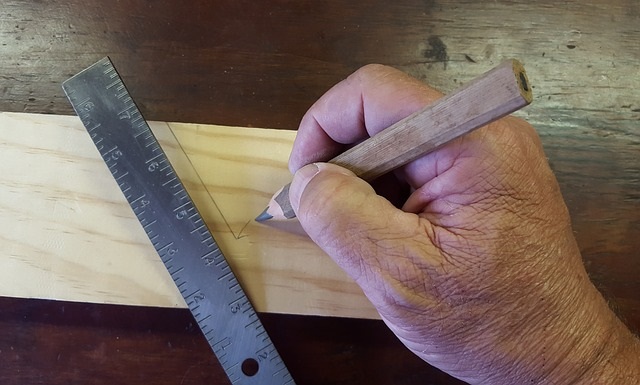noun: (in figurative use) a rough guide, plan, or strategy.
Making a mud map is an activity with a long history in Australia. The term is first recorded in 1879, although the act of drawing a simple map on the ground is no doubt much older. The literal, map-in-the-dust sense is alive and well in Australian English: ‘We listen to our guide and try to make sense of the mud map being drawn in the ground before us.’ (Northern Territory News, 10 November 2018) But in recent decades different uses of the term have also developed, including both transferred and figurative uses.
Today you can find references to mud maps published in hardcopy and online. They provide directions for travellers, navigators and tourists—and even help players of computer games: ‘The strategy part of your brain will get a fairly good work-out. You’ll probably make a map—either a virtual map in your head or a real mud-map on paper.’ (West Australian, 13 October 2001) The reference to a ‘real mud-map on paper’ indicates the uptake of the transferred use of mud map, with the acceptance of the hardcopy map as the ‘real’ thing.
Figurative use of the term followed the transferred use. Early evidence is found in the 1980s, advertising an outback tour for fans of 19th century novelist Rolf Boldrewood: ‘Outback heritage expedition tracking Captain Starlight.… A literary mud map tour of the fact, fiction and fantasy of Robbery Under Arms.’ (Sydney Morning Herald, 3 September 1988) Although it’s not clear exactly what a ‘literary mud map tour’ is, it suggests a rough-and-ready itinerary of travel off the beaten track.
By the 1990s the figurative use becomes more common, with the emerging meaning ‘a rough guide, plan, or strategy’: ‘In defence of the often-used symbol of Singapore as a crime-free capital … Dr Sercombe says that country cannot be used as a mud map for Australia’s system.’ (West Australian, 16 January 1999) By the 21st century this meaning is well established, and is used in a variety of contexts. For example, a West Australian headline describes a new play as a ‘mud map of the male heart’ (22 October 2002), and Sydney’s Daily Telegraph offers home renovation advice: ‘Do a mud map of what you must have, followed by what you’d like to have.’ (17 November 2007)
The mud map as a ‘plan’ or ‘strategy’ is especially evident in discussions of politicians and politics: ‘His election mud-map was for five tunnels at a cost of $1 billion, and $2 tolls.’ (Brisbane Courier-Mail, 8 August 2006); ‘A leader needs a clear mud map and a persuasive, reassuring voice.’ (Melbourne Age, 21 September 2005) At the very top, a mud map may even serve to plan a leadership challenge:
Hawke drew up a document, just a piece of paper, where a group of MPs who came and went started jotting down theories of what the other side would do next. It was a threshold test—a mud map for what to do if you wanted a coup. At the top were resignations, to be handed in slowly, in a planned order … then a final crescendo with a delegation of cabinet ministers to express concern to the prime minister. (The Australian, 13 September 2018)
The figurative sense of mud map will be considered for inclusion in the next edition of The Australian National Dictionary.

Leave a Reply